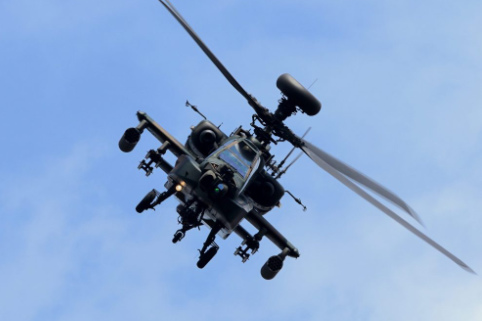Why Tagnite is the Superior Magnesium Coating
Tagnite, the most corrosion and abrasion resistant anodic coating for magnesium alloys is formed in an electrolytic cell and classified as an anodize coating. The coating was designed as a replacement for the Dow 17 and HAE anodize coatings which lack the properties needed in today’s demanding aerospace and defense industries.

TAG Discovered a Need to Improve HAE & DOW Coatings
- Highly Carcinogenic
- Excessive Corrosion
- Short Lifespan for Parts
- Poor Abrasion Resistance
How the Tagnite Coating Solves the Problem
- EPA Recognized
- Highest Corrosion Resistance
- Highest Abrasion Resistance
- Thin Coating Application
- Excellent Paint Adhesion
- Long Lifespan
Tagnite Properties
Coating Structure
There are several reasons why the Tagnite coating provides superior corrosion resistance when compared to HAE and Dow 17 anodize coatings. One reason is its superior structure or coating morphology. The smaller the pores and the more uniform the coating layer, the more difficult it is for corrosive environments to penetrate the coating and damage the base magnesium metal.
Coating Structure ComparisonsPaint Adhesion
Whether it is a main transmission housing for a helicopter or a gearbox for a jet engine, most all magnesium castings in the aerospace industry are painted because paint provides excellent protection against magnesium corrosion. Critical to the overall benefit paint provides is its adhesion to the magnesium substrate. The surface of the Tagnite coating is ideal for paint and consistently outperforms other magnesium coatings on paint adhesion related evaluations.
Learn More About Paint AdhesionSurface Finish Comparison
The Tagnite coating is smooth and does not appreciably increase the surface roughness of the magnesium substrate. Like HAE and Dow 17 anodize, surface roughness will increase with coating thickness.
Click the button below to view a table which shows the average roughness height (Ra) in microinches of a series of test plates coated with various thicknesses of Tagnite, Dow 17, and HAE anodize. Prior to coating the test plates, each plate was machined, lightly sanded and, when measured by a profilometer, had a surface roughness height (Ra) of less than 20 microinches.
Review Comparison TableAbrasion Resistance
Whether it is a main transmission housing for a helicopter or a gearbox for a jet engine, most all magnesium castings in the aerospace industry are painted because paint provides excellent protection against magnesium corrosion. Critical to the overall benefit paint provides is its adhesion to the magnesium substrate. The surface of the Tagnite coating is ideal for paint and consistently outperforms other magnesium coatings on paint adhesion related evaluations.
Learn More